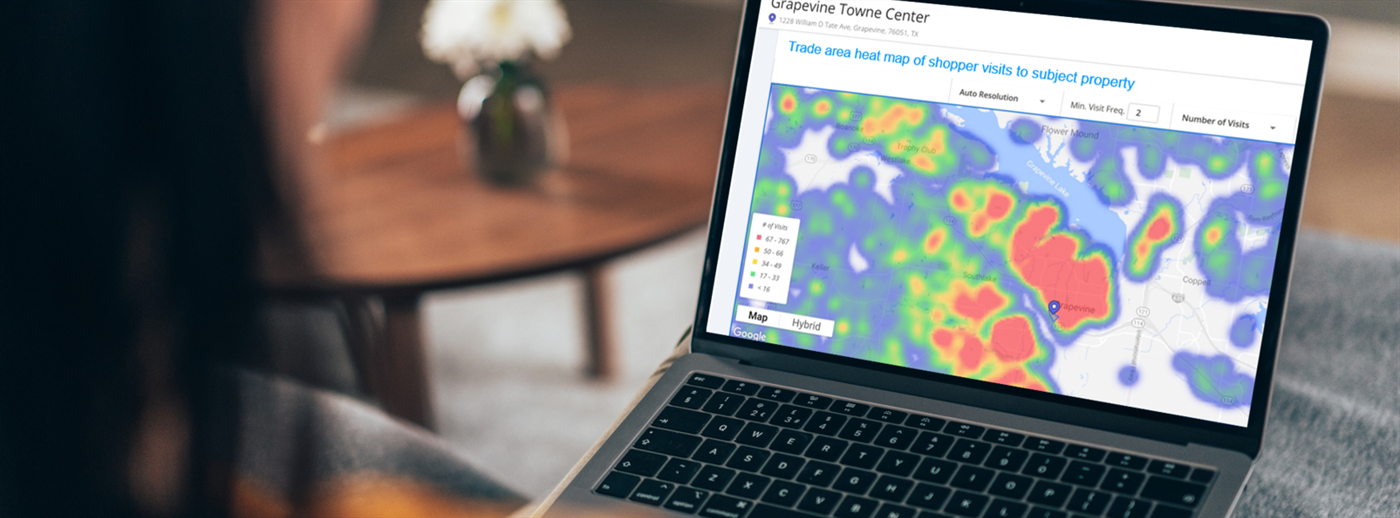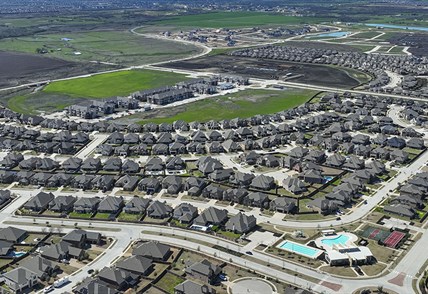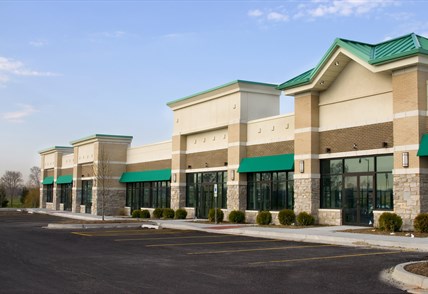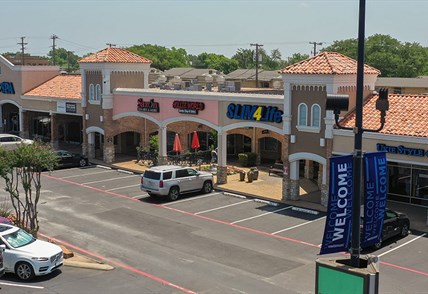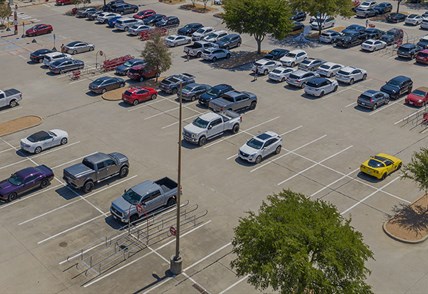By Bob Young, Executive Managing Director, Weitzman
There’s a truism that when you lose one sense, like hearing, your other senses are heightened to compensate.
I’ve thought of that truism a lot as I watched our team of brokerage professionals continue to drive real estate, build relationships and negotiate deals even when COVID deprived them of one of their strongest tools: the face-to-face meeting.
Before COVID, we met clients (or potential clients) at the property, at their offices or during trade shows like RECon in Vegas, which could attract up to 50,000 retail professionals for dealmaking.
COVID greatly reduced the real estate brokerage community’s ability to hold at-the-property meetings and moved the dealmaking trade shows from packed convention centers to Zoom sessions on our computers.
So with the key tool of the face-to-face client meeting basically off the table, retail professionals stepped up the game by focusing on and strengthening their other tools.
Our tech and research teams also rose to the challenge. Most of us never heard of Zoom in February 2020, but within weeks, it was our go-to communication tool.
Research tools also expanded to meet the moment.
Before COVID, we’d typically prepare a drive list and spend the day with the client visiting targeted sites so they could get a sense of the trade area, the property, the shopper and all of the other factors that go into site selection.
Our research team created customized applications based on specific retailers’ site selection needs that leverage our brokers’ skillset and merge it with technical expertise streamline work processes like site selection, prospecting target areas, and analyzing the competition.
With the ability to offer new in-house-developed apps, the brokers are able to draw trade areas in real-time, add demographic layers to a map with a click of a button, and dive into various layers about the specific retailer’s competition and co-tenancy needs.
Any changes the brokers make to layers in the applications are automatically updated in our research's cloud and shared with those who have access.
These user-friendly features optimize efficiency by empowering the broker to dynamically change or add new research, and they provide a new level of transparency when it comes to understanding the science of where.
We also incorporated location-analytics products from Placer.ai that enable us to generate insights on trade areas using mobile location data.
The location analysis software lets us understand the true trade area for a property down to tenant level, all while working remotely.
The combination of multiple technologies during the pandemic allowed us to put together extensive research and information packages, including drone videos, that can be viewed remotely.
As a result, we’ve continued to meet clients’ site selection and project leasing needs safely during the pandemic, and we know other real estate firms found the same success using improved or enhanced tools.
The state also helped thanks to provisions in Texas law that allow for remote signing and notarization for all document signatures.
Without a doubt, the pandemic slowed commercial real estate lease and sales activity, but it did not slow our professions’ desire to better help our clients to help them grow and to succeed.
And it did not slow tenants and investors and landlords from wanting to be part of the increasingly strong Texas market.
We learned a lot during this pandemic, and now as we return to the office, our newly gained tools and enhanced skillsets will be part of our success going forward – whether we’re meeting face-to-face or via another Zoom call!
This post originally ran in D CEO Magazine.
